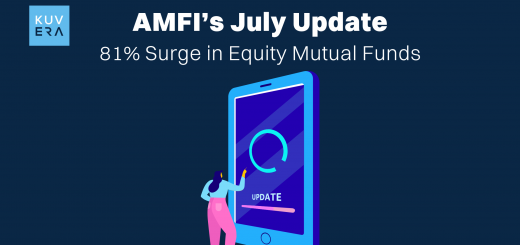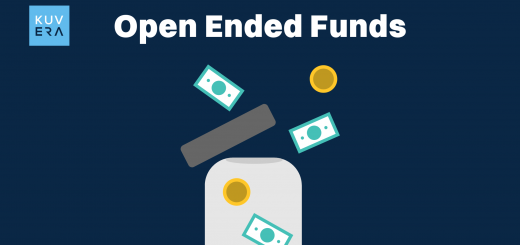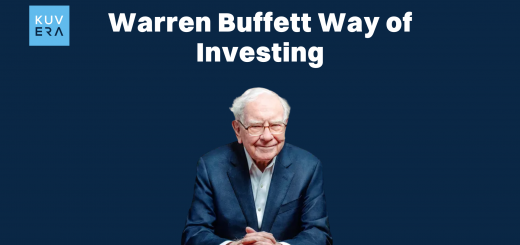Index funds are a type of mutual funds India. They are designed to replicate the performance of a specific market index, such as the Nifty 50 or the Sensex. These funds aim to achieve returns comparable to their benchmark, by holding a portfolio that mirrors the components of the chosen index. This passive investment strategy eliminates the need for active stock selection by fund managers, making it a cost-effective and straightforward investment option.
Performance of Index Funds in 2024
The Indian mutual fund industry witnessed substantial growth in 2024. Large-cap funds reported an AUM of ₹3.62 lakh crore, while index funds, ETFs, and gold ETFs collectively saw a robust 28% growth in AUM, rising from ₹8.83 lakh crore in January to ₹11.29 lakh crore by November. This surge highlights the increasing investor interest in passive investment strategies across various fund categories in India. (Source: ICICI Direct)
Index funds have gained popularity among investors seeking market-linked returns with lower costs and reduced risk. These funds track benchmark indices such as the Nifty 50, S&P 500, or sectoral indices, investing in the same securities as their respective benchmarks.
Reasons for Growing Popularity in India
Several factors contribute to the rising preference for index funds among Indian investors:
- Cost-Effectiveness: Lower expense ratios make index funds an attractive option for cost-conscious investors.
- Market Performance: With benchmark equity indices gaining returns up to 15.5% in 2024, investors are drawn to funds that mirror market performance. (reuters.com)
- Simplicity: The passive nature of index funds appeals to both novice and experienced investors seeking hassle-free investment avenues.
- Regulatory Support: SEBI’s initiatives, such as allowing ₹250 monthly SIPs, are aimed at increasing equity market participation, especially in smaller towns. (reuters.com)
The listed schemes represent index funds tracking both the equity indices and fixed-income indices:
| S. no. | Scheme | 1-Yr Return | TER | Category |
|---|---|---|---|---|
| 1 | Motilal Oswal S&P 500 Index Growth Direct Plan | 27.73% | 0.49% | Index Funds |
| 2 | ICICI Prudential Nifty Auto Index Growth Direct Plan | 19.79% | 0.43% | Index Funds |
| 3 | ICICI Prudential Nifty Pharma Index Growth Direct Plan | 18.40% | 0.36 | Index Funds |
| 4 | Edelweiss MSCI India Domestic & World Healthcare | 18.34% | 0.5 | Index Funds |
| 5 | IDBI Nifty 50 Index Growth Direct Plan | 16.84% | 0.32% | Index Funds |
| 6 | Edelweiss Crisil Ibx 50:50 Gilt Plus SDL April 2037 Index Growth Direct Plan | 11.32% | 0.20% | Index Funds - Fixed Income |
| 7 | UTI Crisil SDL Maturity April 2033 Index Growth Direct Plan | 11.04% | 0.16% | Index Funds - Fixed Income |
| 8 | HDFC Nifty G Sec Jun 2036 Index Growth Direct Plan | 10.89% | 0.20% | Index Funds - Fixed Income |
| 9 | Nippon India Nifty G Sec Jun 2036 Maturity Index Growth Direct Plan | 10.85% | 0.20% | Index Funds - Fixed Income |
| 10 | Kotak Nifty SDL Jul 2033 Index Growth Direct Plan | 10.76% | 0.22% | Index Funds - Fixed Income |
Source: Kuvera, 29 January, 2025
Types of Index Funds
1. Equity Index Funds
These funds track stock market indices, offering exposure to companies across sectors, regions, or the broader market:
(a) Broad Market Index Funds
Motilal Oswal S&P 500 Index Growth Direct Plan – Provides exposure to the U.S. market by tracking the S&P 500.
IDBI Nifty 50 Index Growth Direct Plan -Tracks the top 50 Indian companies listed on the Nifty 50 index.
(b) Sectoral Index Funds
ICICI Prudential Nifty Auto Index Growth Direct Plan (Auto Sector)
ICICI Prudential Nifty Pharma Index Growth Direct Plan (Pharma Sector)
Edelweiss MSCI India Domestic & World Healthcare Fund (Healthcare Sector)
2. Fixed-Income Index Funds
These funds track fixed-income securities such as government bonds (G-Secs), state development loans (SDLs), and gilt funds. They are ideal for conservative investors seeking stable returns. For example, the Edelweiss Crisil Ibx 50:50 Gilt Plus SDL April 2037 Index Fund presented a 1-Year Return of 11.32% at a TER of 0.20%. Other examples are the listed UTI Crisil SDL Maturity April 2033 Index Fund and HDFC Nifty G Sec Jun 2036 Index Fund.
Benefits of Investing in Index Funds
1. Cost-Effectiveness
These funds have lower costs than actively managed funds: For example, UTI Crisil SDL Maturity April 2033 Index Fund has a 0.16% TER, one of the lowest in the dataset.
2. Consistent Long-Term Performance
Outperforms many actively managed funds over time and adopts passive investment approach.
3. Lower Management Risk
No dependence on fund managers’ stock-picking abilities, reducing bias.
4. Diversification
Reduces risk by investing across multiple securities in an index. For example, there is lower risk in fixed-income funds which focus on government-backed securities for stable returns.
5. Market-Linked Returns
Directly tied to index performance, like the ICICI Prudential Nifty Pharma Index Fund which delivered 18.40% returns due to strong pharma sector performance.
Considerations while Investing in Index Funds
Due to these benefits, these funds are ideal for Beginners. However, the investors must consider the following factors while Investing in Index Funds
1. Tracking Error
The deviation between fund returns and the benchmark index. Lower tracking error is preferable.
2. Expense Ratio (TER)
While index funds are cost-effective, TER still varies as evident from the list above.
3. Index Selection
Choose an index based on financial goals.
- Broad Market: IDBI Nifty 50 Index Fund (16.84% return) for diversified exposure.
- Sectoral: ICICI Prudential Nifty Auto Index Fund (19.79% return) for sector-based growth.
- Fixed-Income: Kotak Nifty SDL Jul 2033 (10.76% return) for stability.
4. Market Conditions
Equity index funds fluctuate with market trends, while fixed-income index funds offer more stability, hence choose wisely.
Growth of Index Funds in India (Past 5 Years)
1. Rapid AUM Growth
As per AMFI, the Index funds have recorded a CAGR of over 40% in the past five years.
2. Increased Investor Participation
SEBI’s push for passive investing has made index funds a preferred choice for retail investors.
3. Record-High Market Indices
The Nifty 50 and Sensex reaching all-time highs have driven more inflows into index-based funds.
4. Rising Demand for Fixed-Income Index Funds
With fluctuating interest rates, investors are increasingly opting for stable SDL & G-Sec index funds.
Wrapping Up
To wrap up, the index funds provide a cost-effective and efficient way to invest in both equity and fixed-income markets. With low costs, broad diversification, and stable returns, they are an ideal option for both beginners and seasoned investors. As India’s financial markets mature, index funds have played and are expected to play a crucial role in long-term wealth creation.
Interested in how we think about the markets?
Read more: Zen And The Art Of Investing
Watch here: Rebalancing for Mutual Fund Investors












